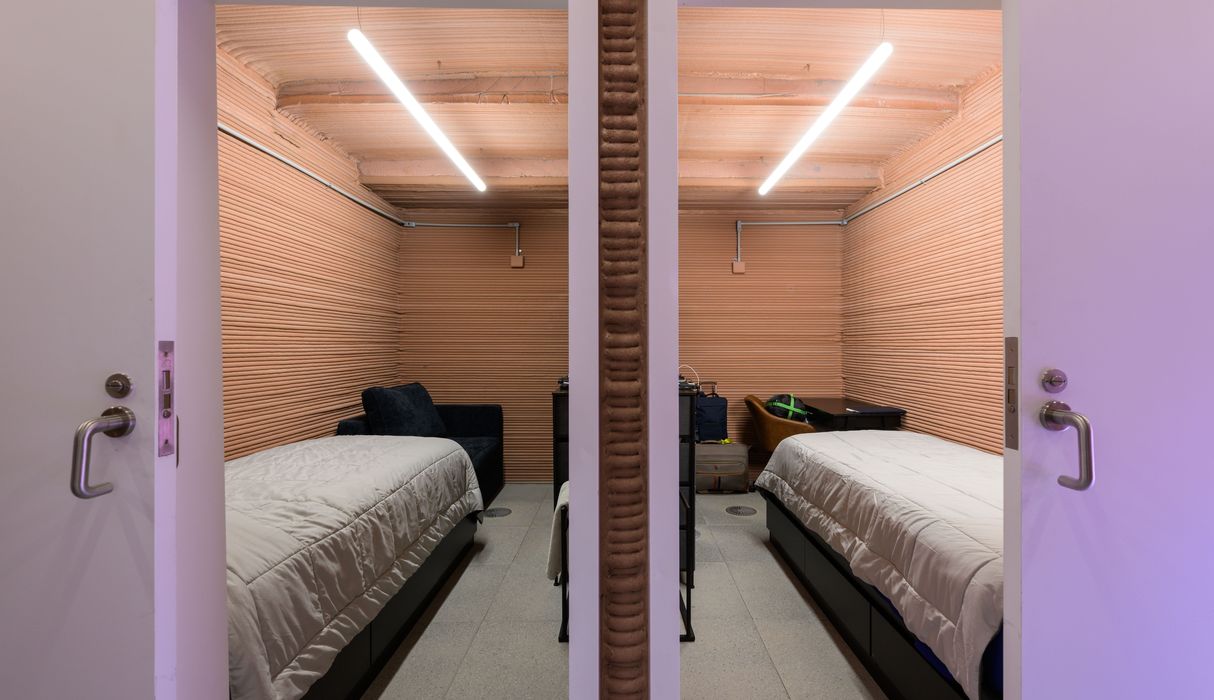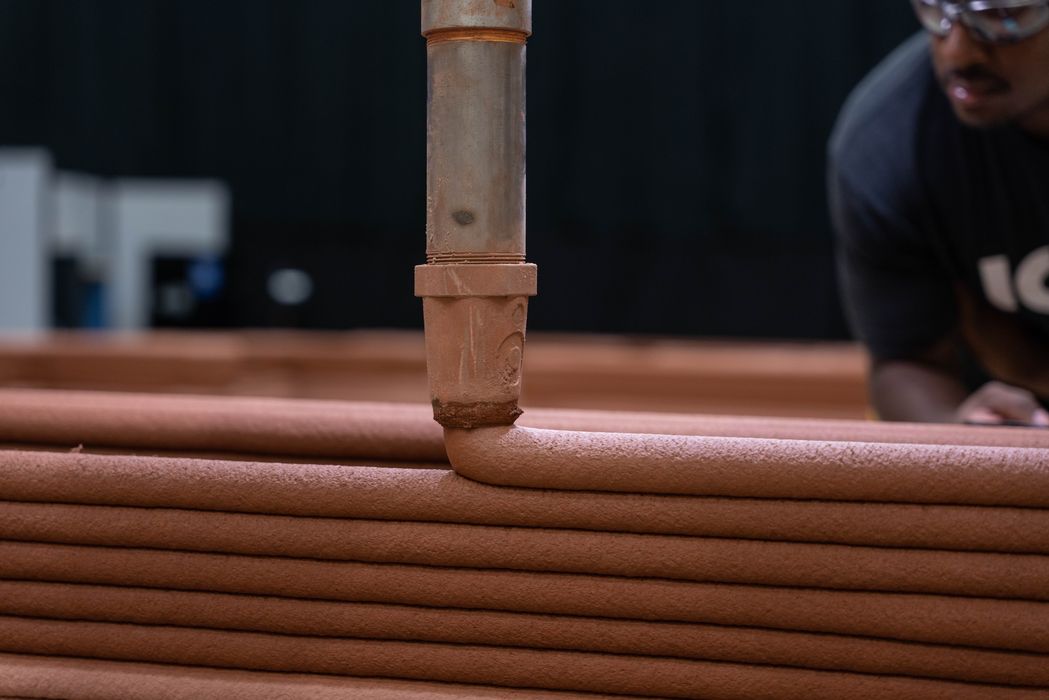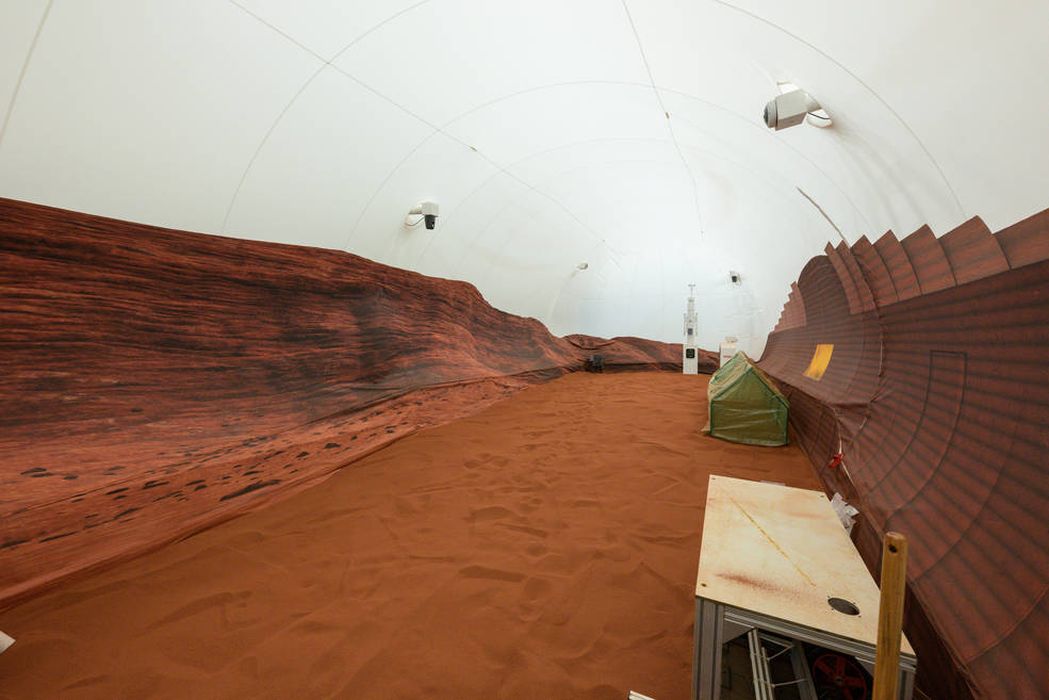
Would you live in a 3D printed house for a year? NASA volunteers are doing so.
It’s part of NASA’s CHAPEA program, which is intended to simulate a year on Mars by locking four courageous volunteers inside a 3D printed simulated Martian home. No one comes out, no one goes in after the door is sealed.
This week saw the “ingress” of the team into the CHAPEA habitat, and NASA published a video of the event:
The idea is to perform a number of experiments, both physical and social in order to find out issues before teams actually travel to and live on the red planet.
This is not a new concept; NASA has done this previously. Back in 2016 they ran a similar test in Hawaii, and we were able to interview one of the eight-month-long participants, Zak Wilson. Although that habitat was not 3D printed, Wilson did have access to 3D printers inside the habitat and was able to produce various utility prints during his stay.

This time it’s a little different. The habitat is much more like what may actually be constructed on Mars, and it’s 3D printed. Construction 3D printing company ICON was assigned the task of building the habitat two years ago, and it was completed successfully.
It’s thought that a 3D printing system could make use of local Martian materials to build structures and save a great deal of weight to be brought to the fourth planet.
As you can see in the images, the rough walls of the habitat are clearly 3D printed. This is precisely what Martian astronauts would see and touch, should a structure of this type be built on Mars. NASA explains:
“Known as Mars Dune Alpha, the 3D printed structure will simulate a realistic Mars habitat to support long-duration, exploration-class space missions. Life in Mars Dune Alpha will resemble the expected experience for those living in a future Mars surface habitat. The layout of the 3D printed habitat was designed to provide separate areas within the habitat for living and working.”
CHAPEA, or “Crew Health and Performance Exploration Analog”, is physically located at the Johnson Space Center in Houston. “Analog” means just that: it’s as close to a representation of predicted Martian habitats as can be done today.

The habitat is comprised of 1700sf (158sm), and includes four individual crew quarters with shared areas for working. There’s also an “outdoor” area that simulates the red sand of Mars just outside the habitat’s door. This enables the mission to simulate spacewalks on the Martian surface.
Three one-year missions are planned, with the first starting now. Subsequent four-person missions are planned for 2025 and 2026, each of which will gradually add to the knowledge of how such a habitat will actually operate with real people inside.
NASA will no doubt learn a great deal about living on Mars, and that’s necessary before anyone actually attempts to live there.
Via NASA CHAPEA
